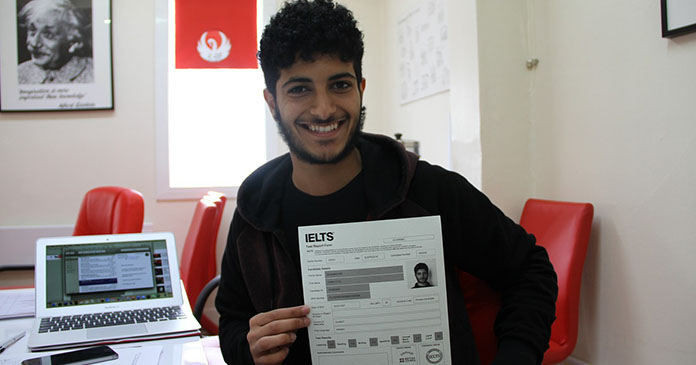Building A Secure Future
For aspiring international students and professionals seeking opportunities abroad, demonstrating English language proficiency is often a prerequisite. Two widely recognized and accepted tests for assessing language skills are the International English Language Testing System (IELTS) and the Pearson Test of English (PTE). In this article, we will delve into these assessments and explore what they entail, providing a brief overview of each test.



IELTS: International English Language Testing System
The IELTS test is one of the most recognized and trusted English language proficiency assessments worldwide. Developed by the British Council, IDP: IELTS Australia, and Cambridge Assessment English, IELTS evaluates an individual's ability to understand, speak, read, and write in English. It measures language proficiency on a nine-band scale, ranging from non-user (band 1) to expert (band 9).
The IELTS test consists of four modules:
- Listening: In this section, test-takers listen to a series of recordings and answer questions related to them. The recordings cover a range of accents and topics, testing the ability to comprehend spoken English.
- Reading: Test-takers read a variety of texts, including articles, passages, and academic content, and answer questions based on their understanding of the material. The texts progressively increase in complexity to assess reading comprehension skills.
- Writing: This module assesses the ability to express ideas coherently and effectively in written English. Test-takers are required to complete tasks such as writing essays, summaries, or reports, demonstrating their writing skills and organization of thoughts.
- Speaking: The speaking section evaluates the ability to communicate verbally in English. It includes a face-to-face interview with a certified examiner who engages the test-taker in a conversation, assessing fluency, vocabulary, pronunciation, and grammatical accuracy.
PTE: Pearson Test of English
The PTE test is another widely accepted English language proficiency assessment used for study and immigration purposes. Developed by Pearson, PTE evaluates an individual's English language skills through a computer-based test that assesses speaking, listening, reading, and writing abilities.
The PTE test consists of three main parts:
- Speaking and Writing: This section evaluates speaking and writing skills through various tasks such as reading aloud, repeating sentences, describing images, and writing essays. The test-taker's ability to communicate clearly and coherently is assessed by the computer-based system.
- Reading: The reading module measures the ability to comprehend written English. Test-takers encounter a range of question types, including multiple-choice, fill in the blanks, and summarizing information from texts.
- Listening: In this section, test-takers listen to audio recordings and answer questions based on their comprehension. The recordings include conversations, lectures, and presentations, assessing the ability to understand spoken English in academic and everyday contexts.
Key Similarities and Differences:
Both IELTS and PTE assess English language proficiency and provide scores that are recognized by universities, colleges, and immigration authorities worldwide. However, there are some differences between the two:
- Test Format: IELTS has a face-to-face speaking component conducted by an examiner, while PTE's speaking and writing modules are computer-based and evaluated by an automated system.
- Scoring: IELTS uses a nine-band scale, while PTE employs a scoring system ranging from 10 to 90.
- Test Duration: The IELTS test duration varies, with the complete test taking around 2 hours and 45 minutes, while the PTE test is typically completed within 3 hours.

